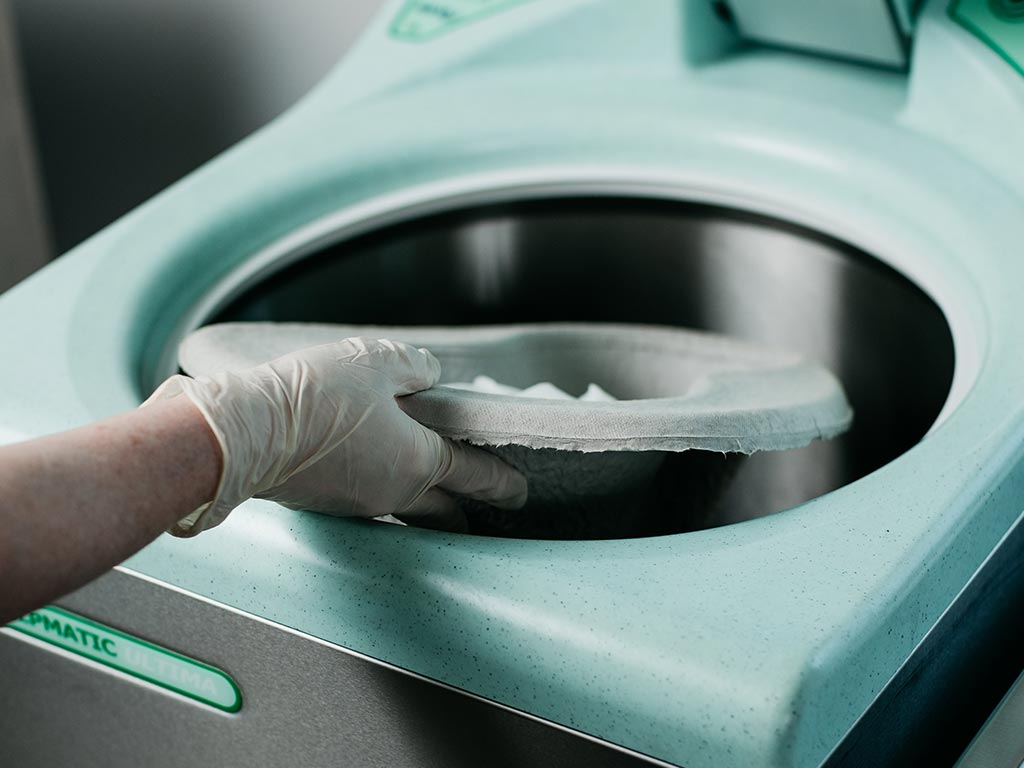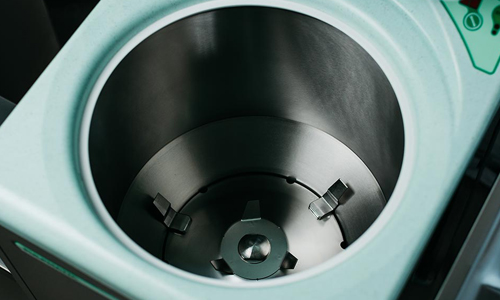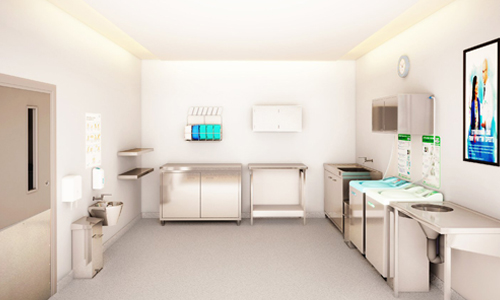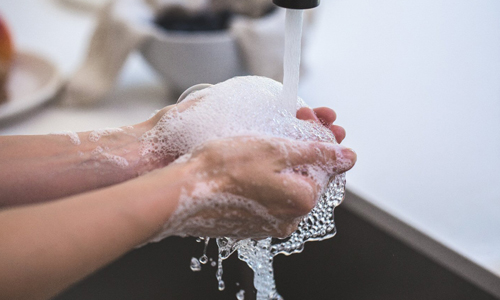Yellow Bags vs Maceration
Keeping clinicians and patients’ safe from harm is a constant battle for the health sector.
Hygiene standards and best practises of fifty years ago pale in comparison to the methods and procedures of modern medical facilities.
This isn’t because the world has become more dangerous but the way we interact with the world has changed. The ease of international travel has made it incredibly easy for infections to migrate not only from country to country but from continent to continent.
This is a real challenge for medical professionals as it will be far less likely the local populous either (a) have a natural immunity or (b) haven’t been immunised so outbreaks spread rapidly.
Also, the advances in medical science and an aging population mean that people no longer go to hospital just for operations.
Cancer treatments, eye surgeries, investigative procedures, prosthetics and a host of other treatments can all be handled on an out-patient basis.
This means greater numbers of people (both patients and their families) are moving through hospitals than ever before.
More people results in more microbes coming into facilities as well as a greater chance of any infections within the hospital being passed on.
As such, infection control doesn’t just protect the individuals in the hospital but those moving through the hospital as well.
Needless to say containing any potentially infectious material safeguards clinicians, patients and their families from harm but adopting the right approach is critical to that outcome.
Yellow Bags
A number of medical facilities rely on ‘yellow bags’ to deal with things like anatomical or ‘offensive’ waste. Human waste and items like incontinence pads are included in those categories.
This waste is thrown in a yellow bagged bin before eventually being emptied and taken away by a specialist disposal service.
Aside from the long term cost this represents, there are also inherent risks.
1. Yellow bags fill with potentially infectious material
Every time a bin is open and another item tossed inside (because who realistically carefully puts something in a bin when they’re in a hurry?) it disturbs the air. This throws a cloud of microbes into the space surrounding the bin.
This puts anyone nearby – especially the clinician disposing of the waste at a heightened risk of infection.
2. Bags Can Split
Inevitably bins have to be emptied and carried from their location in the hospital to a holding area and then eventually loaded on to a truck for disposal.
This presents multiple instances where a bag full of infectious material is being moved around a facility.
Should a bag split then this presents a major risk similar to that described above. That’s assuming the contents doesn’t spill on to a floor or surface, in which case there’s a contamination issue to deal with as well.
3. There is also a question of decency
A bin gradually filling up with potentially infectious or offensive waste does not make for a pleasant experience for anyone, including the clinician who has to empty the bin once full.
Maceration
Maceration on the other hand provides a linear and safe solution to disposing of waste.
Operating a sluice/dirty utility room with a macerator allows clinicians to dispose of potentially infectious material straight away, be it an incontinence pad or a soiled pulp utensil.
What’s more is the item is only handled once. Not several times by multiple people.
There is no risk of ongoing exposure as the utensil or pad is simply covered and taken to the sluice/dirty utility room where it is placed in the macerator and disposed of quickly and safely and efficiently.
This leaves the clinician free to continue with their duties, making the more productive in addition to decreasing the risk of infection to them and the patients.
It eliminates potentially hazardous build-up of infectious material, the extra steps required in its disposal, reduces risk to clinicians and patients and cuts costs by reducing or eliminating waste collection and disposal services.
There is also no risk of splits or items being moved around the hospital.
Thanks to the unique design of our macerators there are also the added benefits of hands free operation and a negligible chance of blockages.
Yellow bags may be an immediate throw-away solution that keeps clinicians on the ward, but the potential health risks eliminate any benefits derived from time saved.
However, time vs cost analysis proves that it’s more efficient to dispose of waste using a macerator rather than using yellow bags that have to be emptied, replaced, stored and disposed of.
So before you renew your infectious material disposal service, speak to DDC Dolphin to discover how we can help support you facility in fighting the spread of infectious disease.




